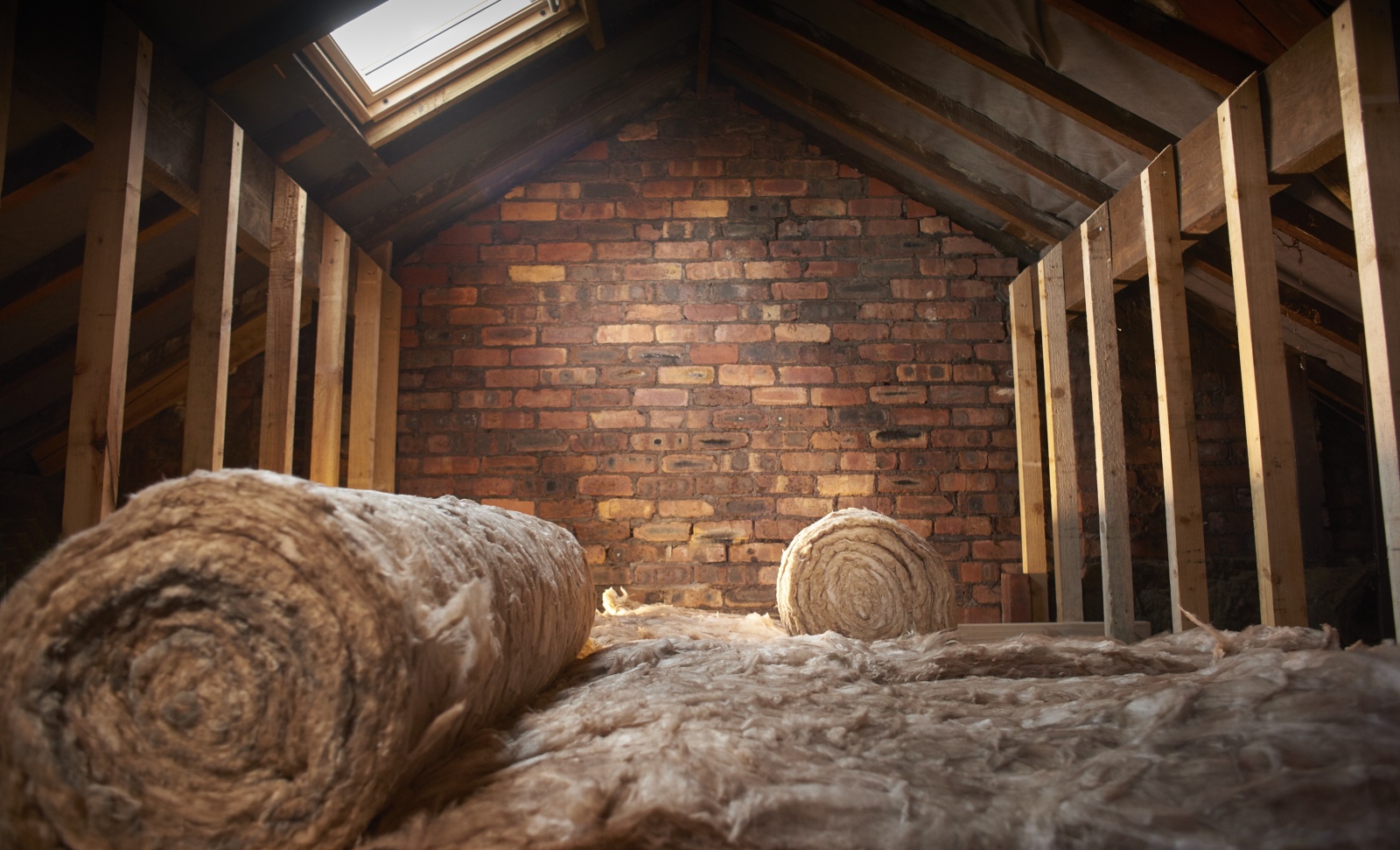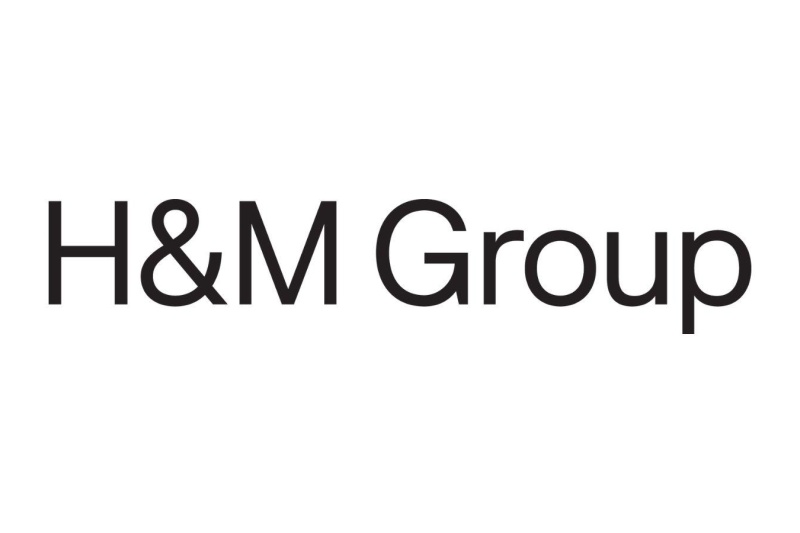
Buildings
Does your company or financial institution own, develop or finance buildings? Take the first step toward climate leadership by exploring our key resources and setting science-based targets today.
New criteria for the buildings sector
Companies and financial institutions in the buildings sector are encouraged to take science-based climate action today. Set impactful greenhouse gas reduction targets using our criteria, tools and resources:
- SBTi Buildings Criteria. Defines requirements for setting targets, including recommendations for transparency and best practices.
- Buildings Criteria in Brief. Provides an overview of the criteria, steps for target setting and frequently asked questions.
- SBTi Buildings Criteria FAQs. A detailed list of answers to frequently asked questions about the buildings criteria.
- SBTi Buildings Explanatory Document. Offers guidance on emissions accounting, reporting, target setting and the validation process.
- SBTi Buildings Target-Setting Tool. Helps formulate intensity-based targets including pathways for buildings’ in-use and embodied emissions.
- SBTi Services Buildings Criteria Assessment Indicators. Outlines the major checks conducted by SBTi Services during the validation process.
By setting emissions reduction targets in line with the SBTi Buildings Criteria and defining appropriate decarbonization strategies, businesses can be at the forefront of the net-zero transformation, address climate challenges and help build a resilient and sustainable future.
Why take action?
The buildings sector is responsible for over one third of energy-related emissions, and is deeply impacted by the climate crisis. Construction delays due to adverse weather are already costing billions of dollars globally. With building floor area expected to grow ~15% by 2030, nearly 80% of which will be in developing economies, emissions could surge without decisive action.
The SBTi’s Buildings Criteria is comprehensive. It takes a ‘whole building approach’, covering all energy and fugitive emissions (e.g. leakage) from buildings’ operations.
Key requirements and recommendations of the SBTi Buildings Criteria
- Reduce in-use operational emissions: In collaboration with the Carbon Risk Real Estate Monitor initiative (CRREM), we developed regional pathways for in-use emissions (i.e. from buildings’ energy use) so companies’ targets reflect variations in local power grids and how buildings are used.
- Reduce upfront embodied emissions: In collaboration with Ramboll, we developed global embodied emissions decarbonization pathways for companies to set targets to reduce those emissions from raw materials, manufacturing, transportation of construction materials, and construction activities.
- Stop fossil fuel installations: Companies must make a public commitment to halt the installation of new fossil fuel-based heating, cooking, power generation and hot water equipment from 2030 at the latest.
- Retrofit inefficient buildings: Companies are recommended to commit to implement energy efficiency improvements to decarbonize existing buildings. According to the IEA’s Net Zero by 2050 Scenario, retrofitting needs to more than double by 2030.
The SBTi led this project, and participation was possible via the following groups:
- Technical partners. Representatives from non-profits and academia collaborated to co-develop project deliverables and participated in decision-making discussions. Collaborations included:
- CRREM
- Ramboll
- Expert Advisory Group (EAG). Technical experts from corporates, finance, non-profits and multilateral organizations who served in a voluntary advisory capacity throughout the development of the project. The SBTi Buildings EAG included representatives from the following organizations:
- AECOM
- Aldar Properties
- APG
- Arup
- Better Buildings Partnership (BBP)
- Bouygues
- BRE
- Buro Happold
- CapitaLand Investment
- CBRE
- Climate Bonds Initiative
- Council on Energy, Environment, and Water (CEEW)
- Environmental Coalition on Standards (ECOS)
- European Climate Foundation (ECF)
- Finance Ideas
- Global Real Estate Sustainability Benchmark (GRESB)
- Green Building Design Group
- Green Finance Institute
- International Finance Corporation (IFC)
- JLL
- Mitsubishi Estate Co.
- Multiplex
- Partnership for Carbon Accounting Financials (PCAF)
- Ramboll
- Simon Property Group
- Skanska
- Swire Properties
- The European Network of Construction Companies for Research and Development (ENCORD)
- University of Regensburg
- University of Strathclyde
- World Business Council for Sustainable Development (WBCSD)
- World Green Building Council (WorldGBC)
- World Wide Fund for Nature (WWF)
EAG members volunteered in a personal capacity to provide technical advice over the duration of the project. While their expertise helped guide the development process, final content decisions rested solely with the SBTi. As a result, the final output does not necessarily represent or imply endorsement by individual EAG members or their employers.
- General stakeholder consultation. Both industry and non-industry representatives provided feedback on each project component through the public consultation and pilot phases. Relevant resources can be found in the Resources section below.
Funding for this project has been provided by the Laudes Foundation.
- Project launch: The SBTi Buildings Project started in October 2021. The research and drafting were completed in mid-2023.
- Public consultation: From May to July 2023, experts in the sector provided feedback on the draft resources. Read the public consultation feedback summary. Acknowledging the comments received, we revised the criteria, guidance and tool.
- Pilot testing: From November 2023 to March 2024, companies and financial institutions in the buildings value chain piloted the criteria and tool using their datasets to inform the applicability across regions and businesses. Read the pilot testing feedback report.
- Final publication: Feedback from pilot participants was extensively reviewed, and the updated deliverables sent to the SBTi independent Technical Council. Following their agreement, the final resources were issued in August 2024.
Setting science-based targets:
- SBTi Buildings Criteria
- SBTi Buildings Explanatory Document
- SBTi Buildings Target-Setting Tool
- SBTi Buildings Sector Criteria in Brief
- Watch the deep-dive webinar and download the slides
Target services resources:
Background resources:
- 1.5°C Pathways for the Global Buildings Sector’s Embodied Emissions: Development Description
- 1.5°C Pathways for Real Estate Decarbonization: A CRREM and SBTi Collaboration and Pathway Application
- Basis for Conclusions of SBTi Buildings Criteria
- SBTi Buildings Project Pilot Testing Feedback Report
- Terms of Reference of the SBTi Buildings Project Pilot Testing
- Watch the pilot testing kick off webinar and download the slides
- Summary of the SBTi Buildings Guidance public consultation feedback
- The Expert Advisory Group Terms of Reference
- Watch the public consultation kick off webinar
- Download the public consultation slides
Join the Buildings Project mailing list to receive our newsletters and stay up-to-date.
For general questions or clarifications on the project’s resources, email buildings@sciencebasedtargets.org. For company-specific technical questions, we kindly invite companies to submit targets for validation in order to receive a tailored and detailed response.
To provide feedback on the SBTi Buildings Criteria V1.0 and supplementary resources, use this form.
Browse more sectors
If your sector is not listed here, you can still set a science-based target using our methods and resources. Consult the step-by-step guide to get started.



